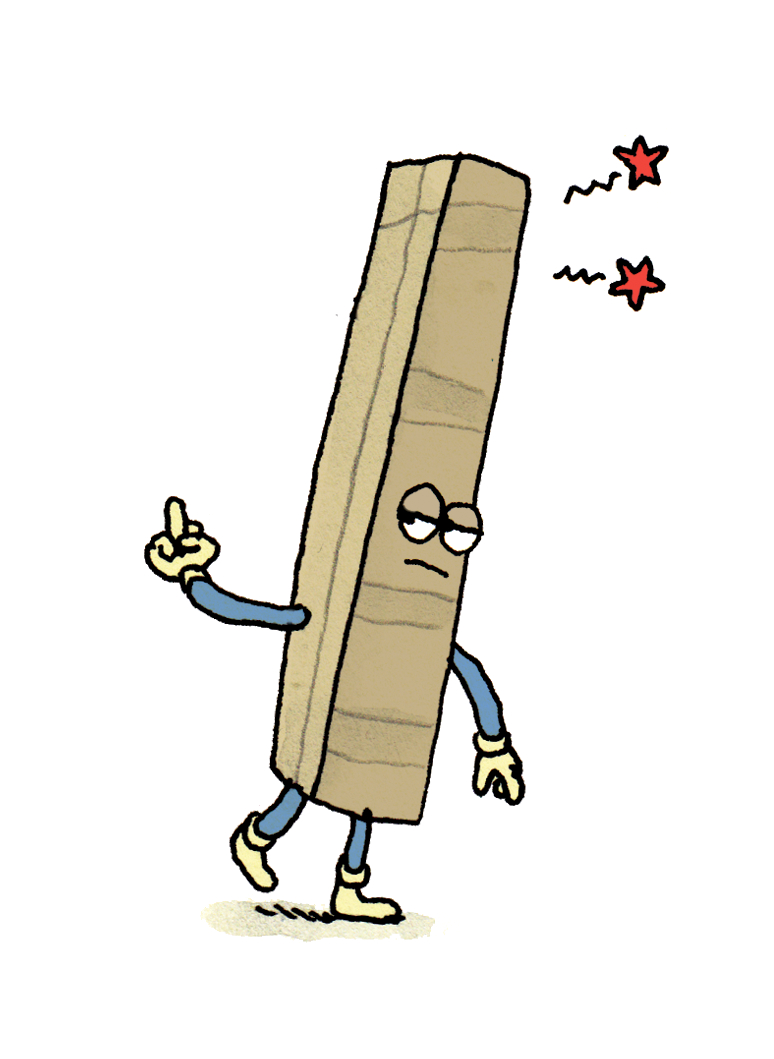Last fall, before a talk Surface was hosting, I stood next to billionaire real estate developer David Walentas. We weren’t properly introduced; he had come by to say hello to the guests of honor, New York Times architecture critic Michael Kimmelman and architect Annabelle Selldorf. “I love your work,” Walentas told Selldorf. “I steal your designs all the time.” I couldn’t tell whether he was joking.
60 Water Street, a new $150-million building developed by Walentas’s company, Two Trees, next to the Brooklyn Bridge, suggests he was. The 17-story, 425,000-square-foot glass-sheathed atrocity bears absolutely no resemblance to Selldorf’s thoughtfully constructed residential buildings. Designed by Leeser Architecture and Ismael Leyva Architects, it fails to do for the skyline of Brooklyn’s Dumbo neighborhood what architect Jeanne Gang’s wavy Aqua Tower largely does for the center of Chicago: attracting the eyes of passersby while also disappearing into the cityscape. The facade implements fritted glass fins that Leeser claims give it a “cloudlike presence.” Hardly. In stark contrast to the surrounding historic brick structures, it’s just another soulless, corporate-looking tower touting “luxury” rentals.
Many neighborhood residents have complained about the loss of views. Walentas’s son, Jed, the CEO of Two Trees, has rebutted these critics, telling The Times earlier this year, “The building blocks views—all buildings block views.” I agree with him, mostly. Views aren’t necessarily the issue here, as the once-empty site was ripe for development. What I simply can’t stomach, though, is the building’s drab aesthetics and poor execution. I live several blocks away, and I cringe every time I walk by it. I’ve never felt as viscerally about a squandered architectural opportunity as with this building.
While there are a few aspects to applaud—the roof deck landscaped by James Corner Field Operations, the new middle school, and 58 affordable-housing units—the rest is unredeemable.
It’s a travesty, though not surprising, that the building made it through a drawn-out land-use approval in 2009, winning the signoff of Bloomberg’s City Council. Even powerful critics like historian David McCullough, actor Helen Hunt, and director Ken Burns couldn’t stop the project from moving forward.
In the context of Two Trees’s developments and Leeser’s architecture, however, the outcome is very surprising. Founded in 1968, Two Trees has been largely responsible for the revitalization of Dumbo, where it owns 11 other buildings—most of them tastefully done—comprising more than three million square feet. The company has invested a reported $200 million into the neighborhood. And though Leeser, led by principal Thomas Leeser, hasn’t built much, the forward-thinking firm is behind the gutsy expansion of the Museum of the Moving Image in Queens.
The next major project getting underway for Two Trees is the redevelopment of the Domino Sugar refinery in Williamsburg, Brooklyn. Currently under construction—it broke ground in March and is expected to continue apace for the next six to eight years—the five-building scheme for Domino, designed by SHoP Architects, creates a new skyline via two bridge-connected towers. The renderings look as harebrained and out of context as those for 60 Water Street did before it was built. And though New York magazine architecture critic Justin Davidson has called the plan “a gesture of masochistic genius,” I’m not buying it. SHoP succeeded massively with its bold and brawny design of Brooklyn’s Barclays Center arena. That doesn’t seem to be the case here. Perhaps simply stealing Annabelle Selldorf’s ideas isn’t enough. Maybe Two Trees should actually hire her.
